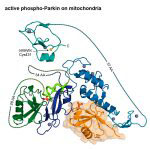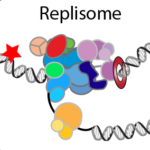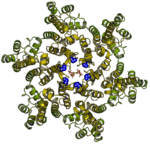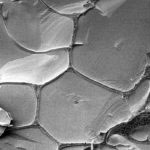
Researchers at the LMB have solved the elusive 3D structure of activated Parkin, an enzyme implicated in early-onset Parkinson’s disease. Led by David Komander’s group in the LMB’s PNAC Division, in collaboration with the LMB’s Biological Mass Spectrometry facility, this new work reveals insights into previously unstudied parts of this important protein and helps explain why families with certain mutations in Parkin suffer from early-onset Parkinson’s disease.




